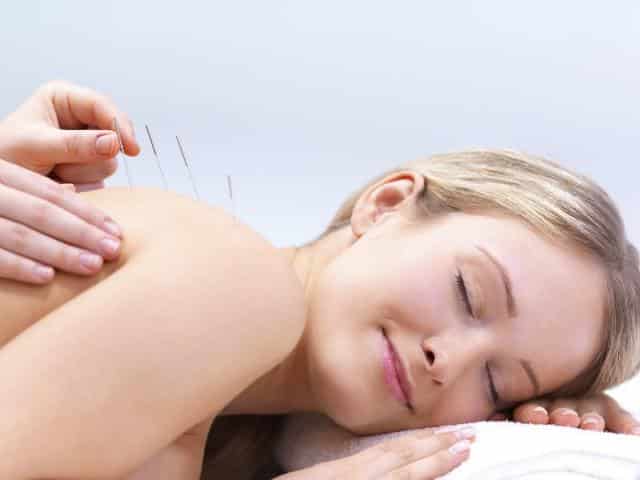Acupuncture for Migraine Relief
The Ancient Art of Acupuncture: A Modern Solution for Migraines
Migraines can be debilitating, disrupting daily life and productivity. Those who suffer from migraines know the desperate search for relief, often trying various medications and therapies without finding lasting solutions. However, one ancient practice continues to garner attention for its potential to provide relief and prevention: acupuncture.
Understanding Migraines and Their Impact
Migraines are more than just headaches; they are a complex neurological condition characterized by severe throbbing pain, often accompanied by nausea, vomiting, and sensitivity to light and sound. According to the World Health Organization (WHO), migraines are among the top 20 most disabling medical conditions worldwide, affecting people of all ages, races, and socioeconomic backgrounds.
The traditional approach to migraine treatment typically involves medications such as pain relievers, triptans, and preventive drugs. While these medications can offer temporary relief for some individuals, they may come with side effects and fail to address the root cause of migraines.
Enter Acupuncture: An Ancient Remedy with Modern Applications
Acupuncture, originating from ancient China, involves the insertion of thin needles into specific points on the body to stimulate energy flow and restore balance. While initially met with skepticism in the Western world, acupuncture has gained recognition and acceptance as a complementary therapy for various conditions, including migraines.
How Acupuncture Works for Migraine Relief
Acupuncture theory suggests that migraines result from an imbalance or blockage of Qi, the body’s vital energy, along pathways known as meridians. By inserting needles into specific acupoints, acupuncturists aim to restore the smooth flow of Qi, thereby alleviating pain and reducing the frequency and severity of migraines.
Furthermore, acupuncture is believed to stimulate the release of endorphins, the body’s natural painkillers, and neurotransmitters like serotonin, which plays a role in regulating mood and pain perception. This dual mechanism of action makes acupuncture a holistic approach to migraine management, addressing both physical symptoms and emotional well-being.
The Evidence Supporting Acupuncture for Migraine Relief
Numerous clinical studies have investigated the efficacy of acupuncture in treating migraines, with promising results. A meta-analysis published in JAMA Internal Medicine found that acupuncture was associated with a significant reduction in migraine frequency, intensity, and duration compared to sham acupuncture or conventional medications alone.
Furthermore, acupuncture’s safety profile makes it an attractive option for individuals seeking natural alternatives or those unable to tolerate pharmaceutical treatments. Unlike medications that may cause adverse reactions or dependency, acupuncture rarely leads to serious side effects when performed by a qualified practitioner.

Unlocking the Benefits: What to Expect from Acupuncture Treatment
If you’re considering acupuncture for migraine relief and prevention, it’s essential to consult a licensed acupuncturist who can tailor the treatment to your specific needs. During your initial consultation, the acupuncturist will conduct a thorough assessment of your medical history, migraine patterns, and overall health to develop a personalized treatment plan. If you are looking for ideas about Acupuncture for tooth pain, be sure to check out their page to learn more.
Acupuncture sessions typically last between 30 to 60 minutes, during which you will lie comfortably on a treatment table while the acupuncturist inserts and manipulates the needles. Many individuals find the experience deeply relaxing, often reporting a sense of calm and well-being during and after the session.
While some people experience immediate relief following their first acupuncture session, it’s common to undergo a series of treatments to achieve optimal results. The frequency and duration of treatment may vary depending on factors such as the severity and frequency of your migraines, your response to acupuncture, and any concurrent therapies you’re undergoing.
Conclusion: Embracing Acupuncture as a Holistic Approach to Migraine Management
In conclusion, acupuncture offers a holistic approach to migraine relief and prevention, addressing both the symptoms and underlying imbalances that contribute to migraine attacks. By restoring balance to the body’s energy pathways and promoting the release of natural pain-relieving substances, acupuncture empowers individuals to reclaim control over their health and well-being.
If you’re tired of relying on medications that only provide temporary relief or seeking a natural alternative to complement your current treatment regimen, acupuncture may hold the key to unlocking lasting migraine relief. Consult with a qualified acupuncturist to explore how acupuncture can help you on your journey toward a life free from the grip of migraines.

